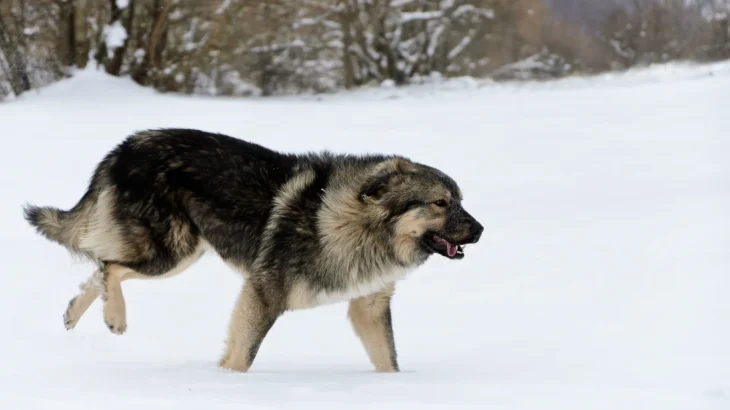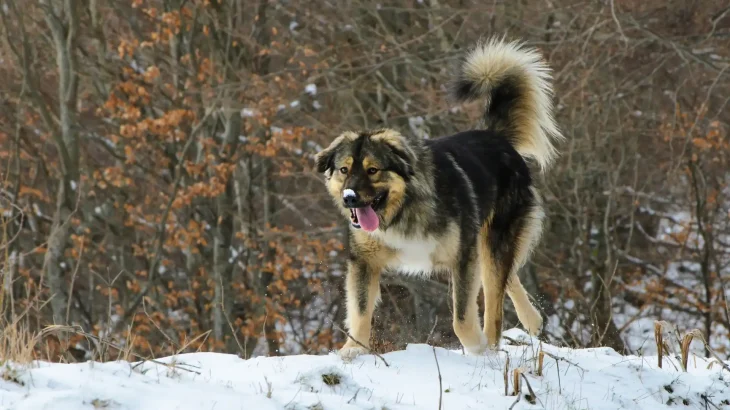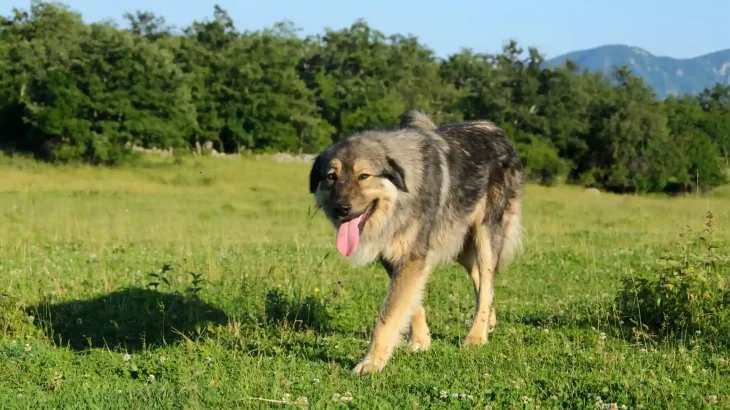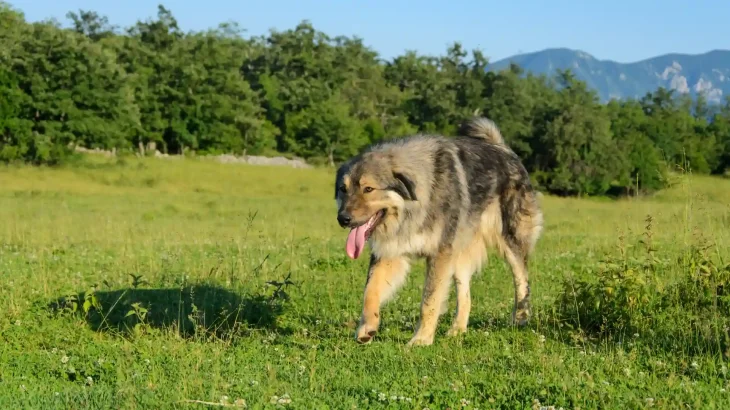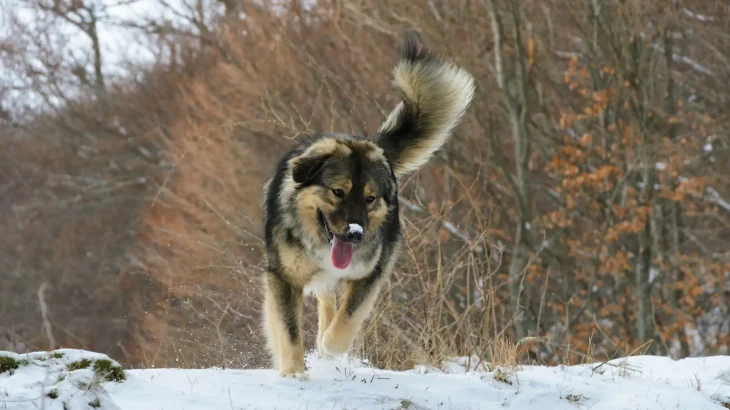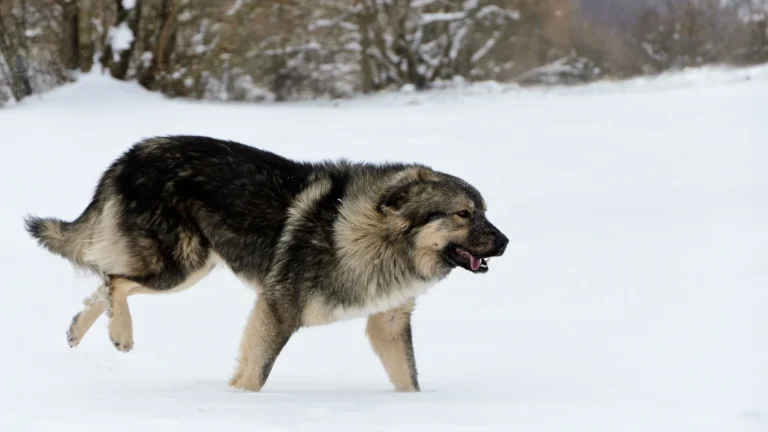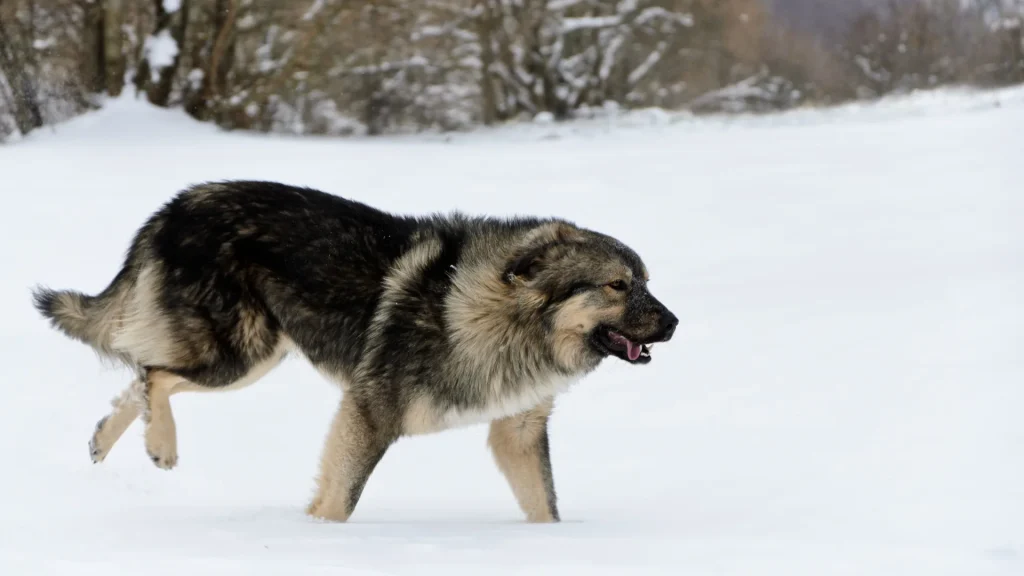When deciding whether to bring a Sarplaninac puppy into your home, the choice often comes down to buying from a breeder or adopting from a shelter or rescue. Both options have unique benefits and challenges, especially for this rare and specialized breed. Your decision might hinge on factors like health knowledge, cost, and ethical considerations linked to each path.
Adoption vs. Breeder: Pros & Cons
| Criteria | Buying from Breeder | Adopting from Shelter/Rescue |
|---|---|---|
| Cost | Higher initial cost; Sarplaninac puppies from breeders can be expensive due to breed rarity. | Lower adoption fees, often including vaccinations and spaying or neutering. |
| Health History | Detailed genetic and health background usually available from reputable breeders. | Health records may be limited or unknown; shelters perform basic health screenings. |
| Age Availability | Primarily young puppies available, allowing early training and bonding. | Varied ages, including adults; may appeal if immediate companionship is preferred. |
| Temperament Insight | Breeders can provide insights on lineage temperament and socialization. | Shelters offer behavioral observations but full history might be uncertain. |
| Supporting Practices | Supports breed preservation when buying from ethical breeders. | Supports animal welfare by giving a home to a dog in need, reducing shelter overcrowding. |
| Ethical Considerations | Important to vet breeder to avoid puppy mills and unethical breeding. | Adoption avoids supporting commercial breeding, promoting rescue efforts. |

